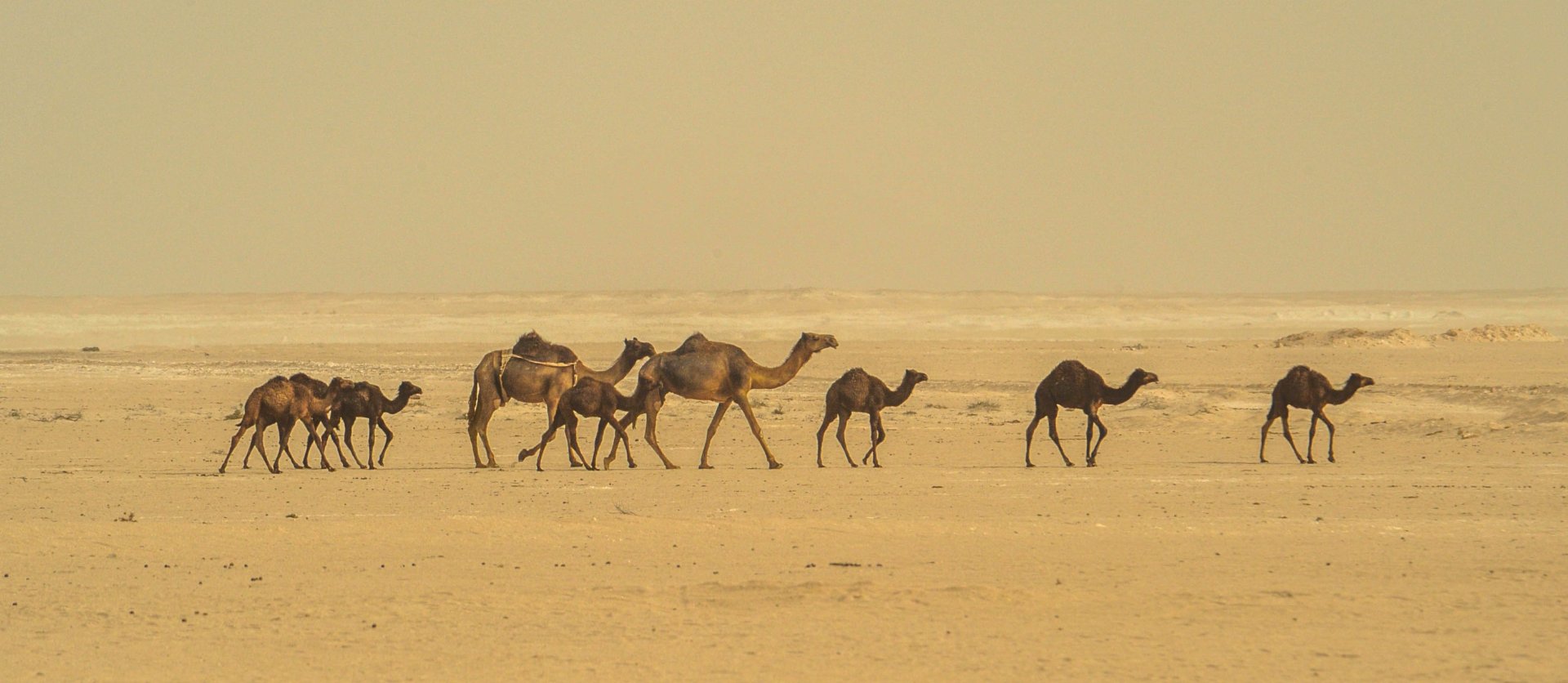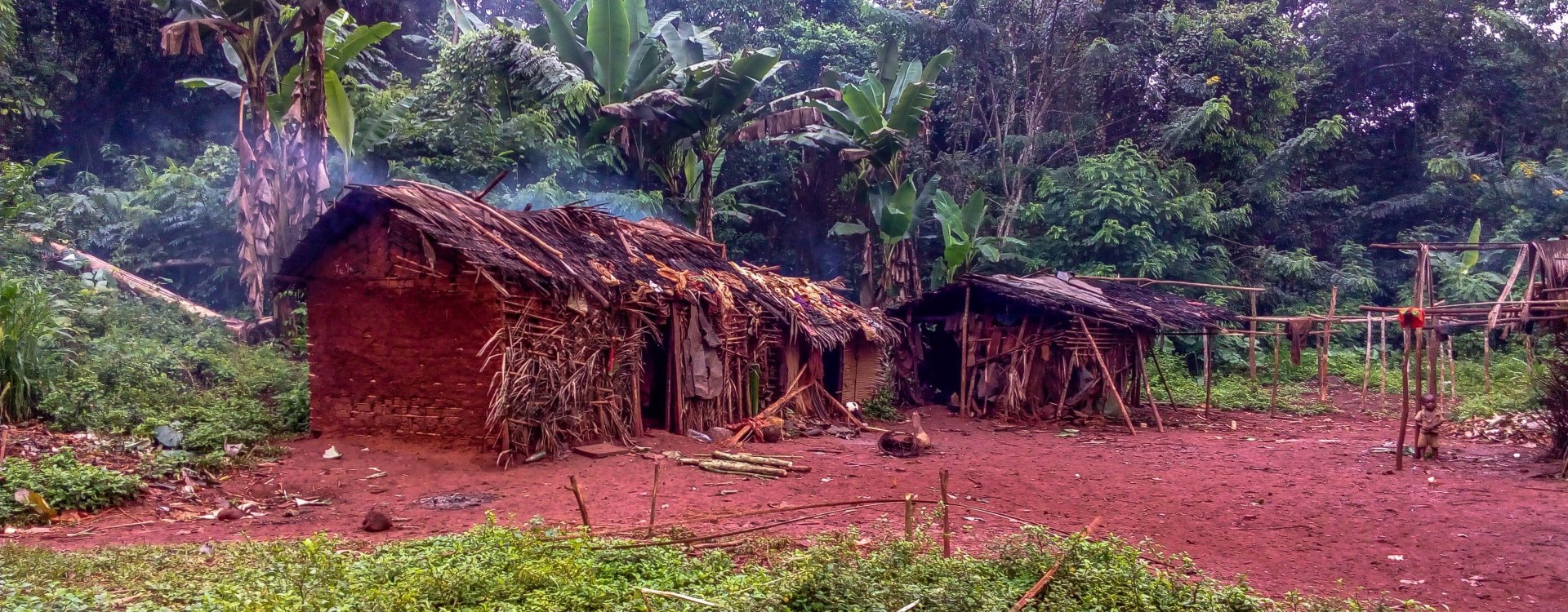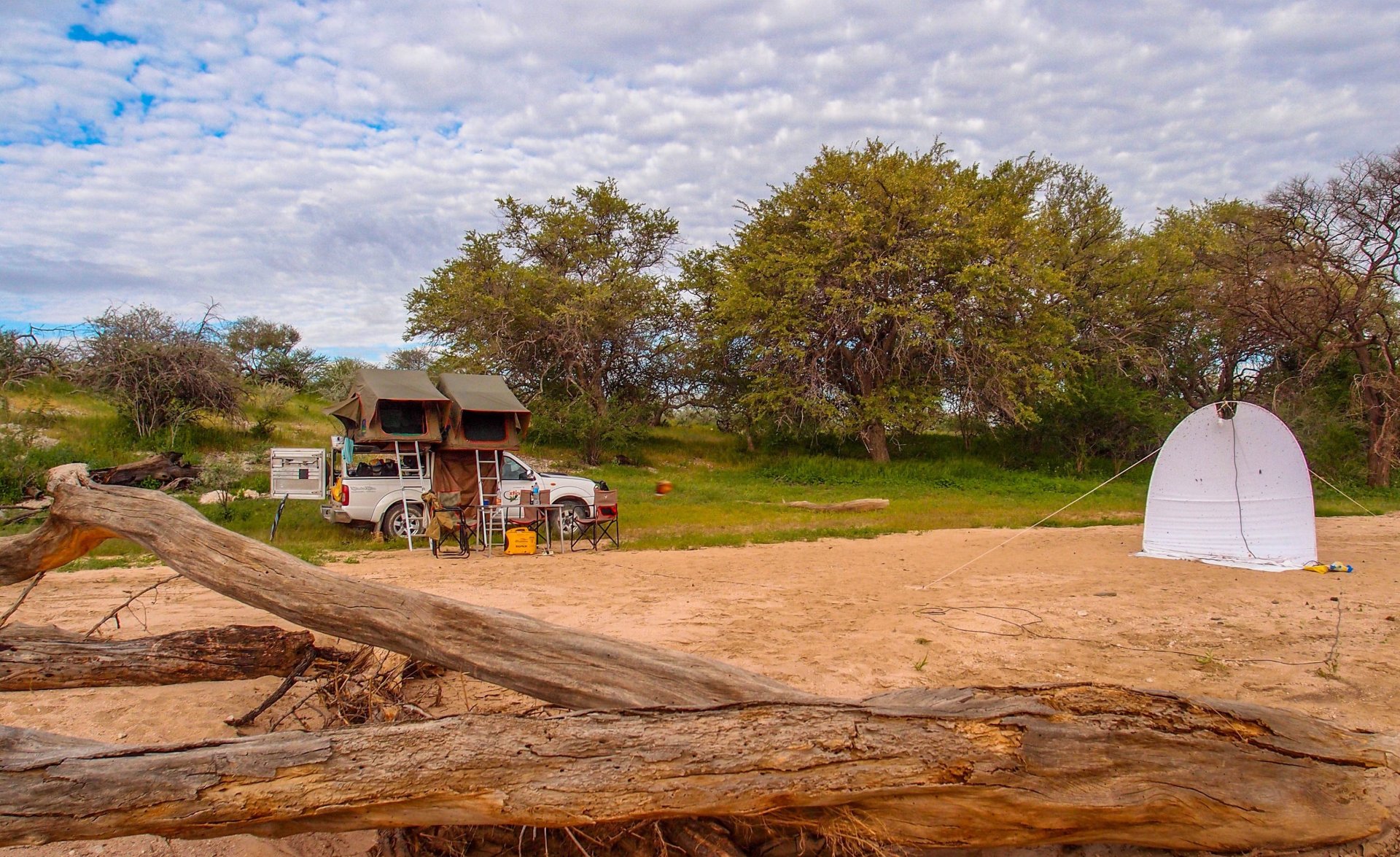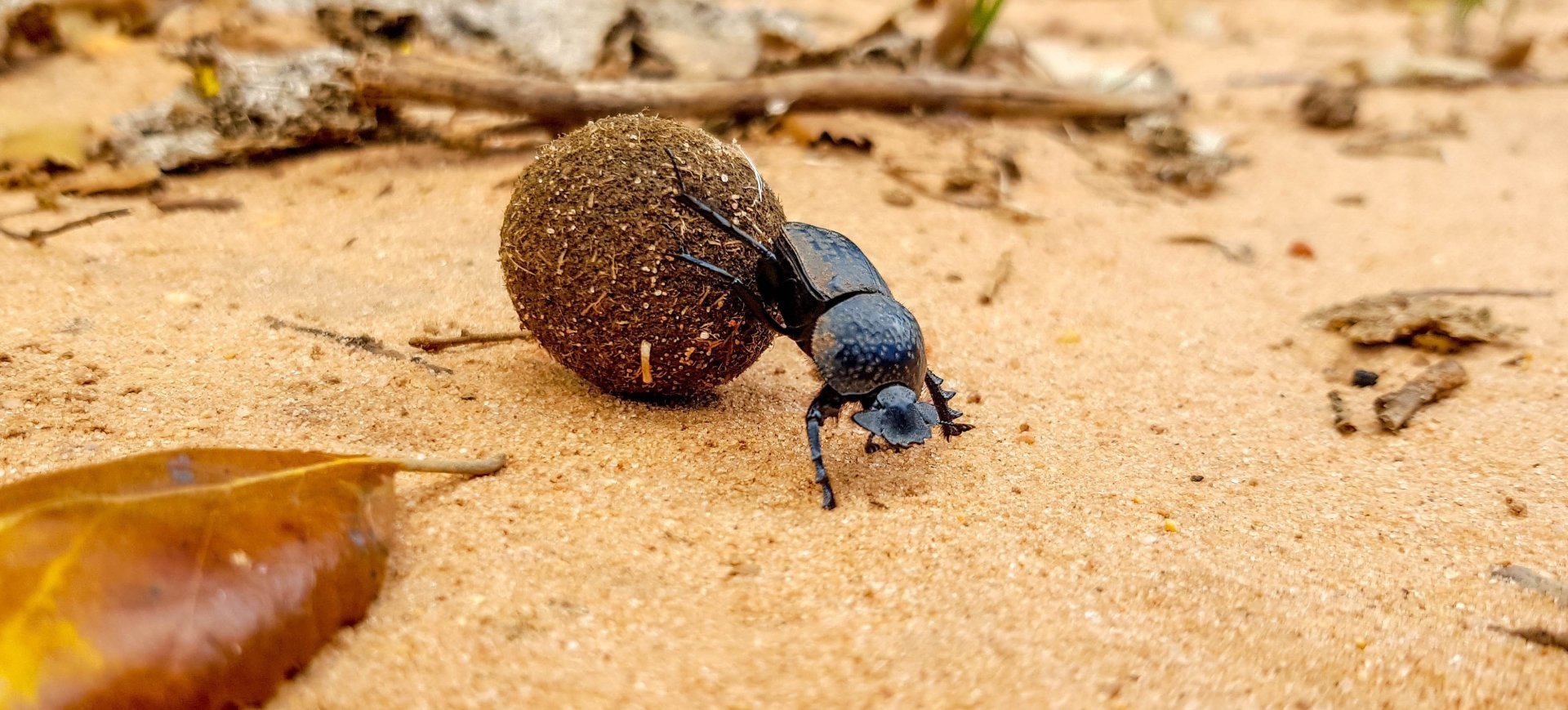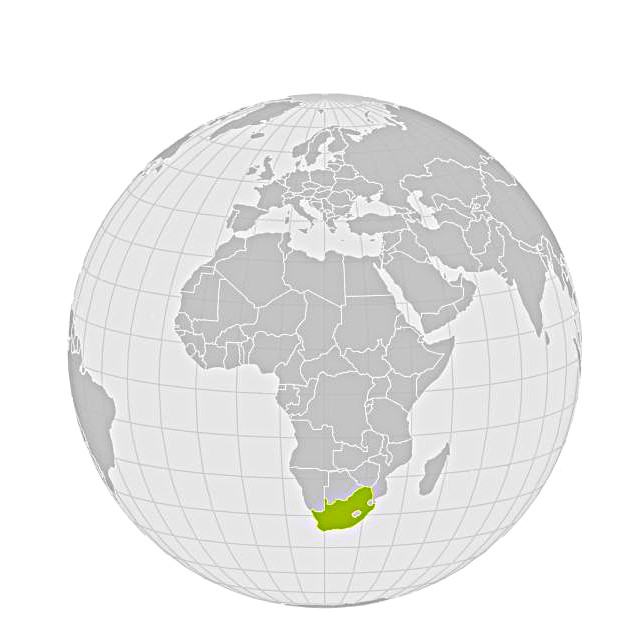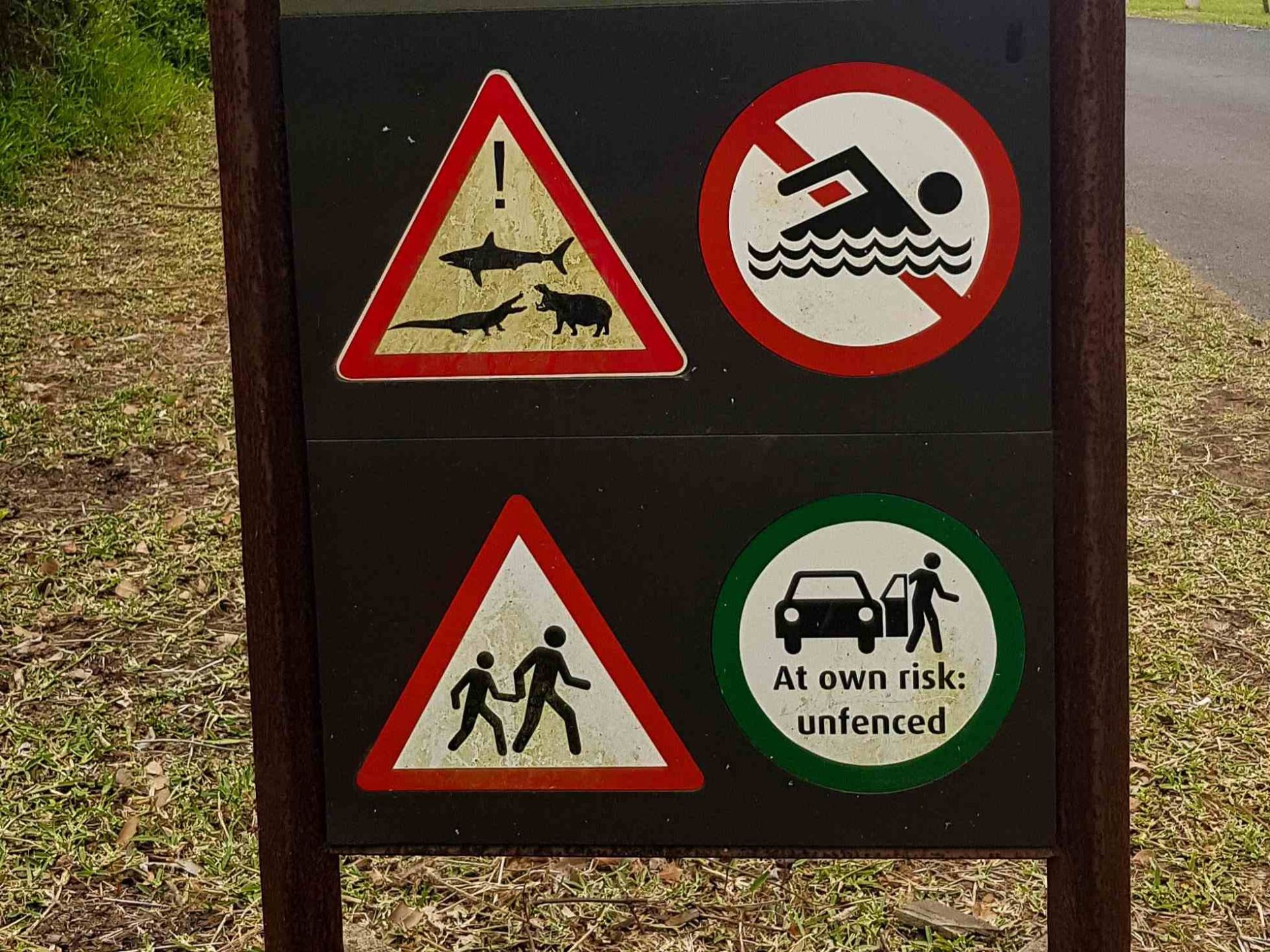South Africa is a country with vast diversity in terms of geography, climate, and biodiversity.
Location and Geography
- Location: South Africa is situated at the southernmost tip of the African continent. It is bordered by Namibia to the northwest, Botswana and Zimbabwe to the north, Mozambique and Eswatini to the northeast, and completely surrounds Lesotho. It has coastlines on both the Atlantic and Indian Oceans.
Area: Approximately 1.22 million square kilometers.
Topography: The country features a variety of landscapes, including:- Plateaus in the interior known as the Highveld.
The Great Escarpment, which separates the plateau from coastal lowlands.
Mountain Ranges like the Drakensberg and Cape Fold Mountains.
Narrow coastal plains along both the Atlantic and Indian Oceans.
- Plateaus in the interior known as the Highveld.
Climate Zone
- Climate: South Africa’s climate is diverse, ranging from arid desert regions to Mediterranean climates and subtropical zones.
- Köppen Climate Classification: Includes arid, semi-arid, subtropical, and Mediterranean zones.
Capital Cities and Their Location & Elevation
- Pretoria (administrative capital) is located in the northern part of the country in Gauteng, at 1,339 meters above sea level.
Cape Town (legislative capital) lies on the southwestern coast in the Western Cape, with an elevation ranging from 0 to 60 meters above sea level.
Bloemfontein (judicial capital) is situated in the Free State at 1,395 meters above sea level.
Provinces and Predominant Biomes
- Gauteng: Predominantly urban with grassland biomes (Highveld).
Western Cape: Mediterranean climate with the unique fynbos biome.
Eastern Cape: Mixture of grasslands, subtropical forests, and thickets.
KwaZulu-Natal: Coastal forests, savanna, and mountains, especially the Drakensberg.
Free State: Primarily grasslands and agricultural plains.
Limpopo: Bushveld and savanna, with baobab trees and wildlife.
Mpumalanga: Grasslands and savannas, along with the Drakensberg escarpment.
Northern Cape: Arid and semi-arid landscapes (Kalahari Desert).
North West: Grasslands and Bushveld.
Climate, Rainy Season, and Vegetation Period
- Climate: Generally mild, though coastal regions benefit from more temperate weather, while the interior experiences hot, dry conditions.
- Rainy Season: Most regions have summer rainfall from November to March, while the Western Cape experiences winter rains from June to August due to its Mediterranean climate.
- Main Vegetation Period: The growing season coincides with the rainy periods, especially from November to April in most regions.
Landscapes, Biomes, and Forest Types
- Savanna: Dominates much of the landscape, consisting of grassy plains and scattered trees such as acacia and baobab.
Fynbos: Found only in the Western Cape, a unique Mediterranean biome with thousands of endemic plant species.
Grasslands: Predominant in the central plateau regions (Highveld).
Karoo: A semi-desert region in central and western South Africa, home to hardy shrubs and succulents.
Forests: Coastal forests are found primarily in KwaZulu-Natal and the Eastern Cape, hosting trees like the yellowwood.
Mountain Ranges
- Drakensberg Mountains: The tallest and most significant range, running through the eastern part of the country.
Table Mountain Range: The flat-topped mountain range in Cape Town.
Soutpansberg Mountains: Located in northern Limpopo.
Magaliesberg Mountains: North of Johannesburg, one of the world’s oldest mountain ranges.
Swartberg Range: Separates the Great Karoo from the coastal regions of the Western Cape.
Cederberg Mountains: Known for their unique sandstone formations.
Major Landscapes
- Highveld: A high plateau with vast grasslands, often used for farming and urban development.
Lowveld: Lower-lying regions to the east, known for their subtropical climate and wildlife.
Great Karoo: A vast semi-desert area in the central part of the country.
Bushveld: A woodland biome known for its rich biodiversity, particularly in Limpopo and Mpumalanga.
Kalahari Desert: A semi-arid sandy desert in the Northern Cape.
National Parks
- Kruger National Park: One of the largest and most famous wildlife reserves in Africa, known for the "Big Five" (lion, elephant, buffalo, leopard, and rhino).
- Table Mountain National Park: Protects the iconic Table Mountain and surrounding areas, home to fynbos vegetation and unique wildlife.
- Addo Elephant National Park: Located in the Eastern Cape, home to elephants, rhinos, and other large animals.
- Hluhluwe-iMfolozi Park: Famous for its conservation of the white rhino.
- Golden Gate Highlands National Park: Located in the Free State, known for its sandstone cliffs and grasslands.
- Kgalagadi Transfrontier Park: A large desert park shared with Botswana, home to desert-adapted wildlife.
- Augrabies Falls National Park: Protects the scenic Augrabies Falls and the surrounding desert.
- Karoo National Park: Preserves the semi-desert ecosystem of the Great Karoo.
Typical Flora and Fauna
Flora
- Fynbos: Unique to the Western Cape, consisting of thousands of plant species such as proteas, ericas, and restios.
Savanna Vegetation: Includes acacia and baobab trees, along with grasses.
Succulents: Found in arid regions like the Karoo and Kalahari, adapted to dry conditions.
Forest Trees: Coastal forests host species like yellowwood and stinkwood.
Fauna
- Mammals: The "Big Five" (lion, elephant, buffalo, leopard, rhino) are iconic, alongside giraffes, hippos, cheetahs, and wild dogs.
Birds: Over 900 bird species, including the African fish eagle, ostrich, and numerous migratory birds.
Reptiles: Includes a variety of snakes, lizards, and tortoises like the leopard tortoise.
Marine Life: South Africa’s coasts are home to southern right whales, great white sharks, and a variety of marine species.
South Africa is a country rich in natural diversity, offering a range of ecosystems, from deserts to lush savannas and from fynbos to subtropical forests, each with unique species of flora and fauna.
Our expedition in South Africa


